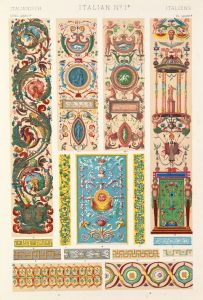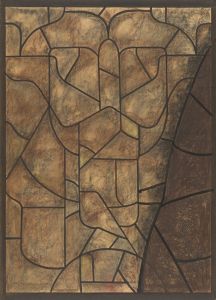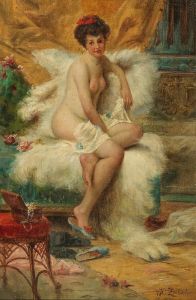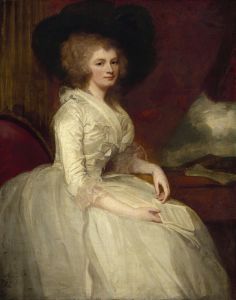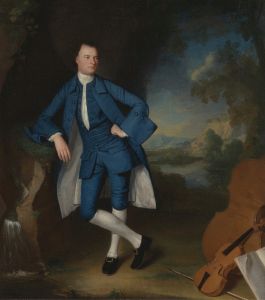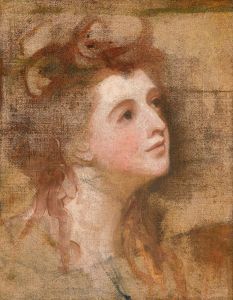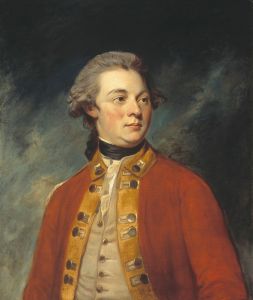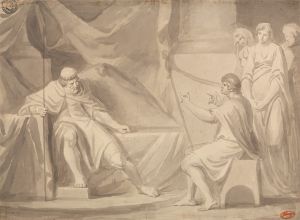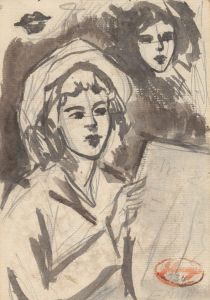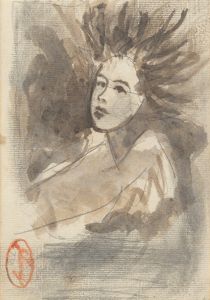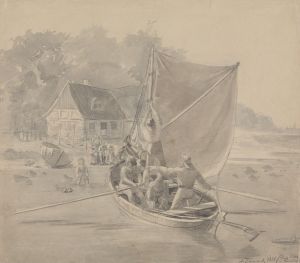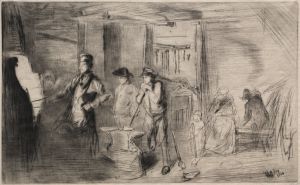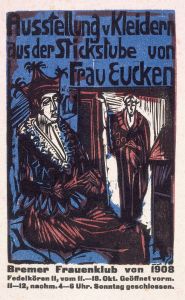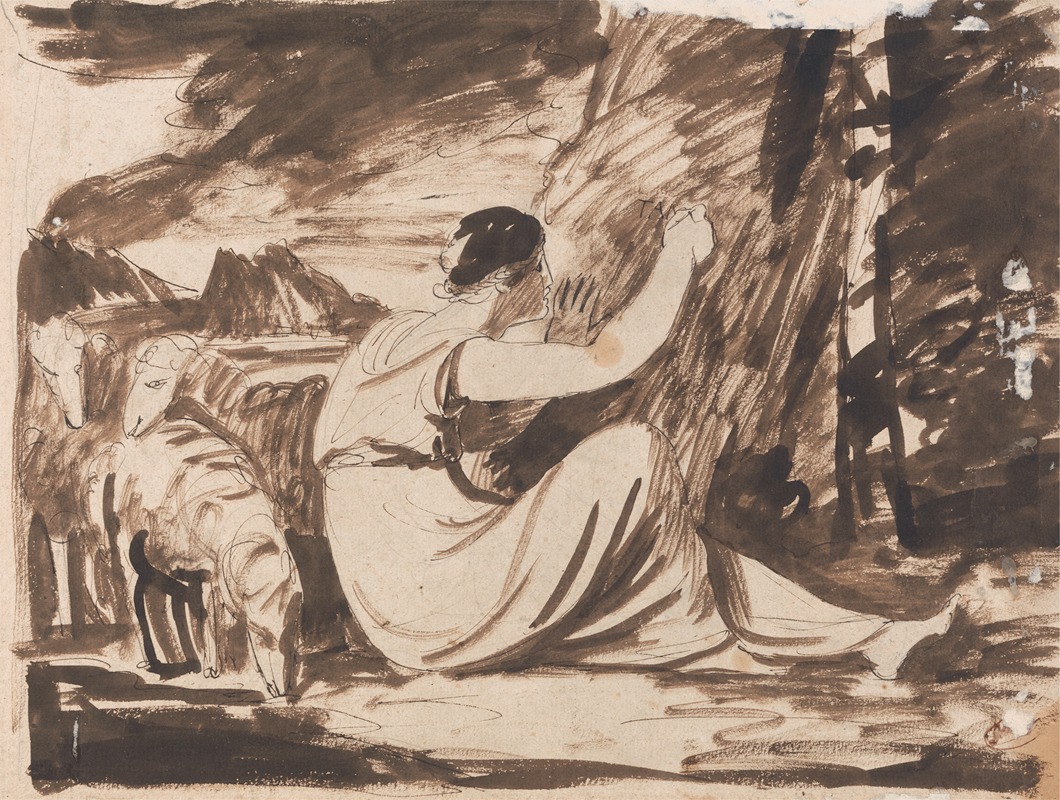
Shepherdess Cutting an Inscription on a Tree
A hand-painted replica of George Romney’s masterpiece Shepherdess Cutting an Inscription on a Tree, meticulously crafted by professional artists to capture the true essence of the original. Each piece is created with museum-quality canvas and rare mineral pigments, carefully painted by experienced artists with delicate brushstrokes and rich, layered colors to perfectly recreate the texture of the original artwork. Unlike machine-printed reproductions, this hand-painted version brings the painting to life, infused with the artist’s emotions and skill in every stroke. Whether for personal collection or home decoration, it instantly elevates the artistic atmosphere of any space.
"Shepherdess Cutting an Inscription on a Tree" is a painting by the renowned English artist George Romney. Romney, born on December 26, 1734, in Dalton-in-Furness, Lancashire, was a prominent portrait painter in the late 18th century. He is best known for his portraits of Emma Hamilton, the muse and mistress of Lord Nelson, and for his contributions to the development of British portraiture.
The painting "Shepherdess Cutting an Inscription on a Tree" depicts a pastoral scene, a common theme in the art of the period, reflecting the Romantic interest in nature and rural life. The artwork features a young shepherdess, dressed in simple, rustic attire, engaged in the act of carving an inscription into the bark of a tree. This act of inscribing on a tree was often symbolic of love or remembrance, a motif that resonated with the sentimental and romantic sensibilities of the time.
Romney's use of light and shadow in the painting highlights the shepherdess and her activity, drawing the viewer's eye to the central action of the scene. The background is typically pastoral, with soft, naturalistic elements that create a serene and idyllic atmosphere. The composition and technique demonstrate Romney's skill in capturing both the physical likeness and the emotional essence of his subjects.
George Romney's career was marked by his ability to capture the character and personality of his sitters, and this painting is no exception. Although primarily known for his portraits, Romney's occasional forays into genre scenes, such as this one, reveal his versatility and his ability to convey narrative through his art.
Romney's work was highly regarded during his lifetime, and he enjoyed considerable success and patronage. However, his reputation declined somewhat after his death on November 15, 1802, as tastes in art changed. In recent years, there has been a renewed interest in his work, and he is now recognized as one of the leading portrait painters of his era.
"Shepherdess Cutting an Inscription on a Tree" is part of the collection at the Tate Gallery in London, where it continues to be appreciated by art enthusiasts and scholars alike. The painting is a fine example of Romney's ability to blend portraiture with narrative elements, creating a work that is both visually appealing and rich in meaning.
In summary, "Shepherdess Cutting an Inscription on a Tree" by George Romney is a notable work that exemplifies the artist's skill in capturing the essence of his subjects and his ability to convey narrative through his art. The painting remains an important piece within the context of 18th-century British art and continues to be celebrated for its artistic and historical significance.





